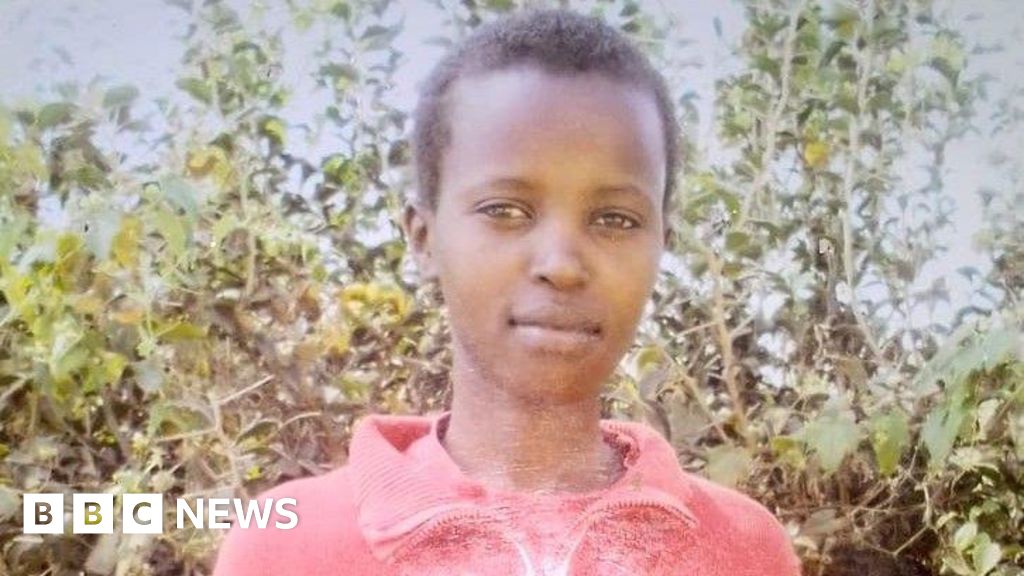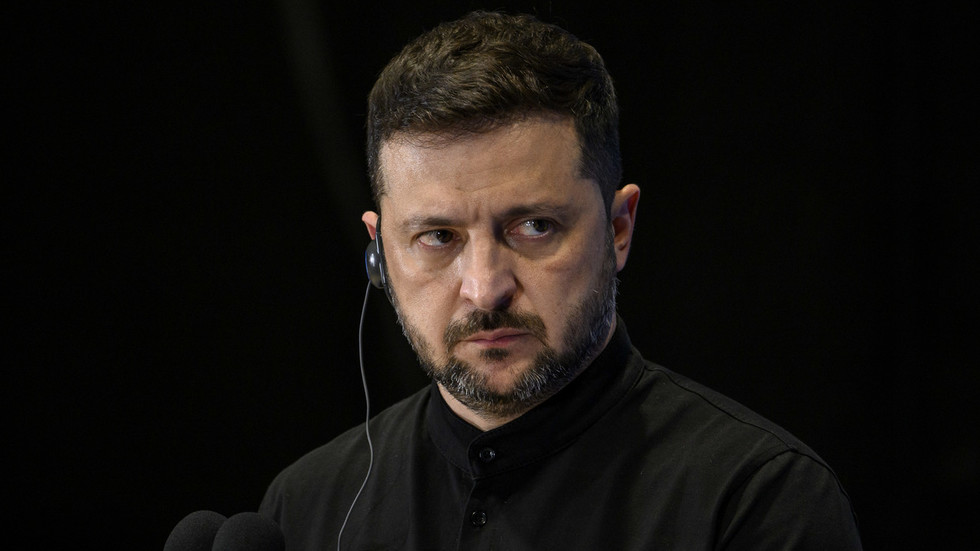Warning: This post contains spoilers for Baramulla.
Set in December 2016, against the snow-covered landscapes of Kashmir, Baramulla begins as a police mystery but unfolds into a haunting reflection on faith, trauma, and redemption. The story follows DSP Ridwaan Sayyed (Manav Kaul), a police officer transferred to the quiet town of Baramulla to investigate a string of child disappearances. Along with his wife Gulnaar (Bhasha Sumbli) and their children Noorie (Arista Mehta) and Ayaan (Rohaan Singh), he moves into an old, abandoned house—unaware that it holds memories of bloodshed and spirits that have yet to find peace.
As the investigation deepens, Baramulla reveals that the real mystery lies not only in the streets but within the walls of the house—and in the conscience of those who try to bury the past.
Let’s break down all the major plotlines in Netflix’s film Baramulla, premiering on Nov. 7.
The tragic past behind the ghosts

The house that Ridwaan and his family move into once belonged, decades earlier, to a Kashmiri Pandit family, the Saprus: Kamalanand, his wife Mansi, and their children Eela and Sharad. The Pandits, a Hindu minority who lived for centuries in the predominantly Muslim region of Kashmir, were targets of persecution and a broader campaign of mass displacement in the late 1980s and early 1990s, when militant separatist groups began demanding both the region’s independence and its conversion into an Islamic state.
During that period, thousands of Pandit families were forced to flee their homes in the valley, while others were killed by extremists. Baramulla revisits this painful chapter by situating the Sapru family massacre within this context: the house was invaded by militants, who murdered Kamalanand first, followed by Mansi and Eela, after Eela’s best friend, Zainab—who was in the house at the time—revealed their location to the armed men. Only Sharad, who was away during the attack, survived, but even he disappeared shortly afterward.
The tragedy turned the house into a place of eternal mourning. The souls of the Saprus—especially those of Eela and Mansi—remain trapped there, reliving the trauma of their deaths. The film shows how these spirits manifest through white flowers that appear before each child’s disappearance in the present day.
Why are the children disappearing?

At first, Ridwaan believes that local extremists have abducted the missing children to recruit them as soldiers. But as the investigation unfolds, he discovers that the truth is far more complicated.
The first case involves Shoaib Ansari, the son of an influential former politician, Ismail Ansari. Shoaib vanishes during a magic show, moments after stepping inside the magician’s box on stage. Soon after, another boy, Faizal, disappears while fishing at a lake. The tension escalates when Ridwaan’s own daughter, Noorie, mysteriously vanishes at home—and before his eyes, another boy, Yassir, is swallowed by a tree that morphs into a dark portal.
These children are being targeted by extremists Khalid and Juneid—the latter being Yassir’s uncle—who plan to recruit and indoctrinate them into their militant movement, manipulating vulnerable youth with promises of faith and belonging under the orders of a mysterious leader known as Bhaijaan. Yet before the recruitment can take place, the children vanish after touching white tulips seen near the crime scenes.
Those flowers are the mark of the Sapru spirits, who rescue the children before they can be captured. Taken to a spiritual realm, the children remain asleep and safe from the extremists’ influence. The film, in a striking inversion of horror tropes, reveals that the ghosts aren’t the kidnappers—they’re the saviors.
Who is really behind the kidnapping attempts?

In the final act, Baramulla ties all its threads together. Juneid and his men storm Ridwaan’s house in retaliation, believing the police officer is hiding the missing children. Chaos erupts as the house—already marked by a massacre decades earlier—once again becomes the stage for violence, and the past literally repeats itself.
During the assault, the Sapru spirits intervene to protect the Sayyed family, killing most of the extremists. Juneid, however, manages to escape, taking Zainab—revealed to be the same Zainab who betrayed the Saprus in the 1990s and now a teacher at Blooming Petals Public School, where all the missing children studied—as a hostage. She had gone to the Sayyed home earlier that day to say she’d been receiving threats from militants.
Surrounded by police, Juneid demands a clear path to flee. In that moment, Gulnaar, now possessed by the spirit of Mansi, shoots Zainab from the second floor, while Ridwaan kills Juneid. Only after the gunfire subsides does the truth come out: Ridwaan uses Juneid’s phone to call Bhaijaan, but it’s Zainab’s phone that starts ringing. She herself is Bhaijaan, the extremist leader who used her position as a teacher to identify and recruit vulnerable children.
After Juneid and Zainab’s deaths, the children who had mysteriously vanished begin to reappear in the very same places where they were last seen—unharmed, as if awakening from a long dream.
How does Baramulla end?

In the final minutes, Ridwaan is celebrated for solving the case. He and his family leave Baramulla and move elsewhere. Six months later, in Mumbai, the film shows Ayaan handing a small box of seashells to an older man—the same keepsake that once belonged to young Eela Sapru. The man is Sharad Sapru, the sole survivor of the massacre. In tears, he holds the box and stares into the distance, in one of the most emotional moments of the film.
The ending closes on a note of spiritual reconciliation: the Sapru spirits finally seem at peace after decades of unrest. Baramulla ultimately transcends its supernatural thriller form to become a parable about guilt, faith, and collective memory. By merging horror and political trauma, the film transforms its ghosts into metaphors for Kashmir itself—a land where the past is never buried, only silenced, and where true liberation depends on acknowledging the pain of all sides.

 3 hours ago
1
3 hours ago
1









 English (US) ·
English (US) ·